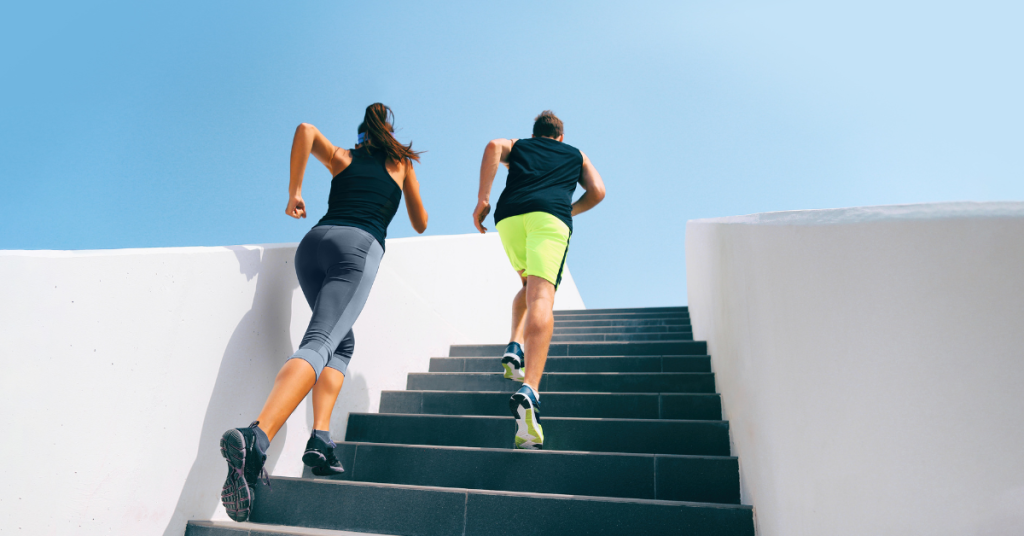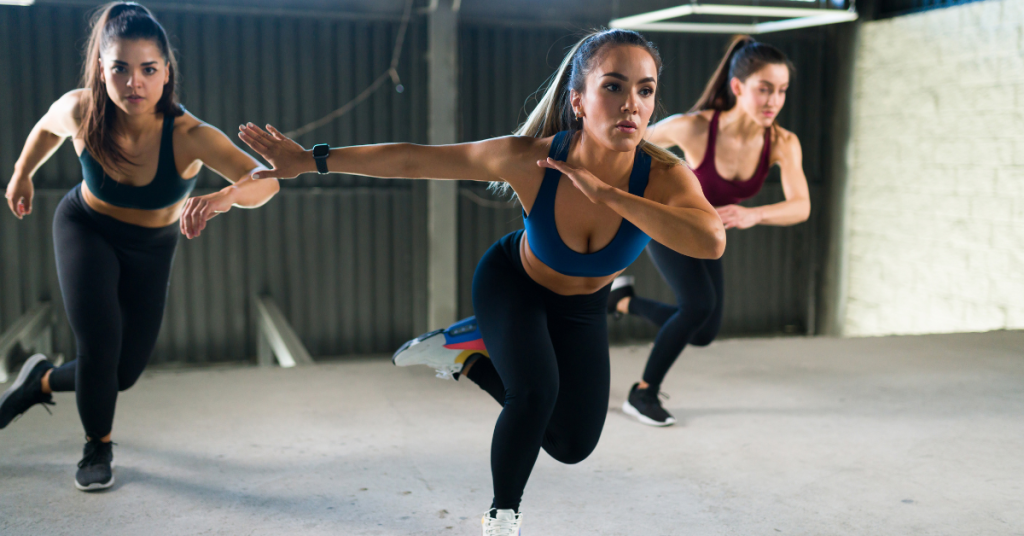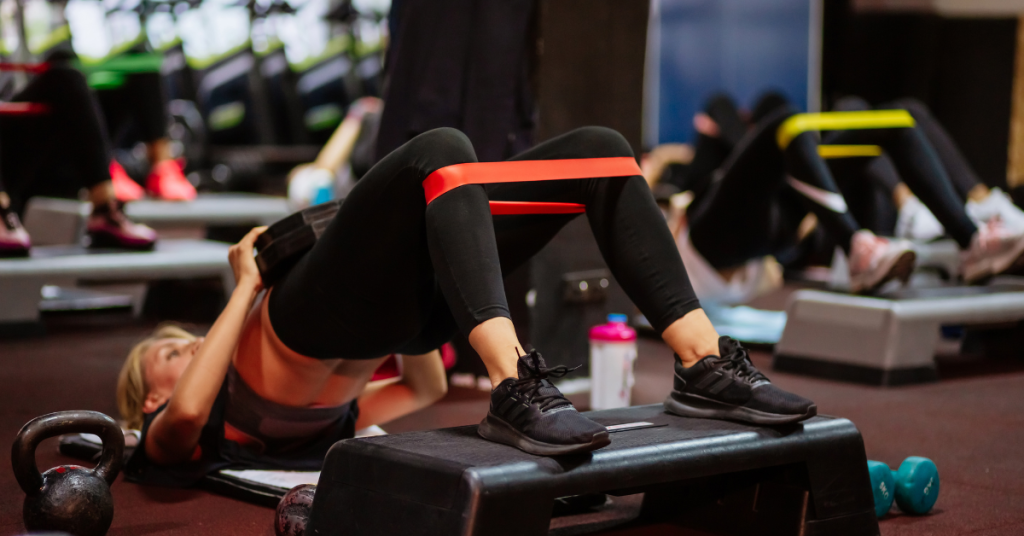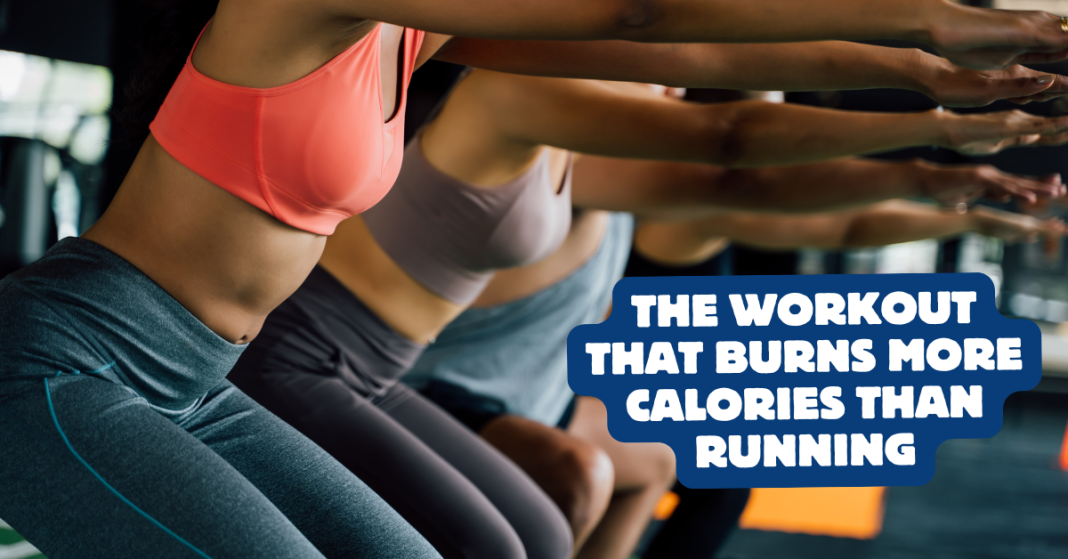Table of Contents
When it comes to burning calories, running has long been hailed as the go-to exercise. But did you know there’s a workout that can torch even more calories than running while offering a variety of additional benefits? If you’re looking to boost your fitness, shed fat, and have fun while doing it, this ultimate workout might be just what you need. Let’s dive into the workout that burns more calories than running and explore how it can help you reach your fitness goals faster.
High-Intensity Interval Training (HIIT): The Calorie-Torching Powerhouse
High-Intensity Interval Training, or HIIT, has taken the fitness world by storm—and for good reason. This workout method involves short bursts of intense exercise followed by brief periods of rest or lower-intensity activity. The magic of HIIT lies in its ability to keep your heart rate elevated, leading to increased calorie burn during and even after your workout.
Why HIIT Burns More Calories Than Running
HIIT workouts are designed to push your body to its limits, which means you’re working at a much higher intensity compared to steady-state cardio exercises like running. This high intensity forces your body to use more energy, resulting in a higher calorie burn. Additionally, HIIT workouts trigger the “afterburn effect,” also known as excess post-exercise oxygen consumption (EPOC). This means your body continues to burn calories at an accelerated rate even after you’ve finished exercising.
Tip: For maximum calorie burn, incorporate a mix of exercises that target different muscle groups. This keeps your workout challenging and helps build strength and endurance.

The Benefits of HIIT Beyond Calorie Burning
While HIIT is incredible for burning calories, its benefits extend far beyond that. Here’s why HIIT might just be the best workout you can add to your fitness routine:
- Time-Efficient: HIIT workouts are typically shorter than traditional cardio sessions, often lasting just 20 to 30 minutes. Despite their brevity, they offer a full-body workout that’s both challenging and effective.
- Improves Cardiovascular Health: The intense nature of HIIT workouts can improve your heart health by increasing cardiovascular endurance and reducing the risk of heart disease.
- Builds Lean Muscle: Unlike steady-state cardio, which can sometimes lead to muscle loss, HIIT helps you build lean muscle mass, especially when combined with strength training exercises.
- Enhances Metabolism: The afterburn effect means your metabolism stays elevated long after your workout, helping you burn more calories throughout the day.
- Versatile and Fun: HIIT can be adapted to include a variety of exercises, from bodyweight movements like burpees and squats to kettlebell swings and sprints. This versatility keeps your workouts fresh and exciting.
How to Get Started with HIIT
Ready to start burning more calories than running? Here’s how to incorporate HIIT into your fitness routine:
1. Choose Your Exercises
Select a few exercises that target different muscle groups. You can mix cardio moves like jumping jacks or high knees with strength exercises like push-ups, lunges, or kettlebell swings. The key is to pick exercises that challenge you.
2. Set Your Intervals
A common HIIT structure is 30 seconds of intense exercise followed by 15-30 seconds of rest. You can adjust the work-to-rest ratio based on your fitness level. Beginners might start with longer rest periods, while advanced athletes can push for shorter breaks.
3. Warm-Up and Cool Down
As with any workout, it’s crucial to warm up before you start and cool down afterward. A 5-minute warm-up of light cardio and dynamic stretching will prepare your body for intense activity, while a cool-down with static stretches will help reduce muscle soreness.
4. Keep It Short and Sweet
HIIT workouts are intense, so there’s no need to go beyond 20-30 minutes. The goal is to push yourself as hard as you can during the work intervals. Quality over quantity is the mantra here.
5. Rest and Recover
HIIT is demanding on your body, so make sure to include rest days in your routine. This allows your muscles to recover and grow stronger, preventing injury and burnout.

Comparing HIIT to Running: Which is Better for You?
While HIIT is incredibly effective, it’s important to remember that the best workout is one you enjoy and can stick with. Both HIIT and running have their benefits, and the right choice depends on your fitness goals, preferences, and current fitness level.
Running: The Steady-State Cardio King
Running is a fantastic way to improve your cardiovascular health, boost endurance, and clear your mind. It’s a simple, accessible exercise that requires minimal equipment. For those who enjoy being outdoors or prefer a steady pace, running can be a meditative and rewarding workout.
HIIT: The Versatile Fat-Burner
On the other hand, HIIT is ideal for those who want to maximize calorie burn in a short amount of time. It’s perfect for people with busy schedules or those who prefer variety and intensity in their workouts. HIIT can be more challenging for beginners, but the results are well worth the effort.
Tip: If you enjoy both, why not combine them? You can incorporate HIIT into your running routine by adding sprints or hill repeats. This combination can offer the best of both worlds, helping you burn more calories and improve your fitness faster.
Where to Do HIIT: Home, Gym, or Outdoors?
One of the great things about HIIT is its versatility—you can do it almost anywhere. Whether you prefer working out at home, hitting the gym, or taking your workout outdoors, HIIT can easily adapt to your environment.
At Home
HIIT workouts are perfect for home exercise, especially if you’re short on time or equipment. Bodyweight exercises like burpees, mountain climbers, and jump squats require no equipment and can be done in a small space.
At the Gym
If you have access to a gym, you can incorporate equipment like kettlebells, battle ropes, or rowing machines into your HIIT routine. The gym also offers more space for activities like sprint intervals or circuit training.
Outdoors
Take advantage of the fresh air and open space by doing HIIT workouts in your local park or backyard. You can include sprints, hill climbs, or plyometric exercises like jump lunges to make the most of your outdoor environment.
The Science Behind HIIT: Why It Works
The effectiveness of HIIT is supported by numerous studies. Research has shown that HIIT can improve cardiovascular health, increase fat loss, and boost metabolic rate more effectively than steady-state cardio like running. The short bursts of high-intensity effort followed by recovery periods challenge your body in ways that continuous moderate exercise doesn’t.
One study published in the Journal of Obesity found that participants who engaged in HIIT lost more body fat over 12 weeks than those who performed steady-state cardio. Another study highlighted by the American Council on Exercise showed that HIIT could improve insulin sensitivity and cardiovascular health.

Conclusion: Embrace the HIIT Revolution
If you’re looking for a workout that burns more calories than running, builds lean muscle, and improves your overall fitness in less time, HIIT is the answer. It’s a powerful, efficient, and fun way to achieve your health and fitness goals. Whether you’re new to exercise or a seasoned athlete, HIIT can be adapted to meet your needs and help you get the most out of your workouts.
Ready to start your HIIT journey? At Paphos Personal Training, we offer personalized training programs designed to help you maximize your calorie burn, build strength, and enjoy your fitness journey. Our expert trainers can guide you through effective HIIT routines that suit your lifestyle and fitness level.
Start today and discover the transformative power of HIIT!
The Workout That Burns More Calories Than Running The Workout That Burns More Calories Than Running The Workout That Burns More Calories Than Running The Workout That Burns More Calories Than Running The Workout That Burns More Calories Than Running The Workout That Burns More Calories Than Running The Workout That Burns More Calories Than Running The Workout That Burns More Calories Than Running The Workout That Burns More Calories Than Running






